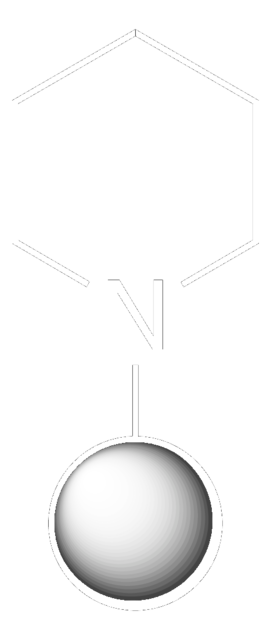62320
(±)-α-Lipoic acid
≥98.0%
Synonyme(s) :
(±)-1,2-Dithiolane-3-pentanoic acid, 6,8-Dithiooctanoic acid, DL-α-Lipoic acid, DL-6,8-Thioctic acid, Lip(S2)
About This Item
Produits recommandés
Niveau de qualité
Essai
≥98.0% (HPLC)
≥98.0%
Forme
solid
Résidus de calcination
≤0.1%
Perte
≤0.2% loss on drying
Pf
60-62 °C
Groupe fonctionnel
carboxylic acid
disulfide
Température de stockage
2-8°C
Chaîne SMILES
OC(=O)CCCCC1CCSS1
InChI
1S/C8H14O2S2/c9-8(10)4-2-1-3-7-5-6-11-12-7/h7H,1-6H2,(H,9,10)
Clé InChI
AGBQKNBQESQNJD-UHFFFAOYSA-N
Informations sur le gène
human ... ACHE(43) , BCHE(590)
rat ... Adra1a(29412) , Adra1b(24173) , Adra1d(29413)
Vous recherchez des produits similaires ? Visite Guide de comparaison des produits
Catégories apparentées
Description générale
This product is a racemic mixture.
Application
- In in vitro lipoylation studies and in the pyruvate dehydrogenase complex (PDC)-pyruvate dehydrogenase kinase (PDHK) functional assay.
- To investigate its antioxidative effect on developing cerebellum of rats exposed to arsenic during postnatal period.
Actions biochimiques/physiologiques
Mention d'avertissement
Warning
Mentions de danger
Conseils de prudence
Classification des risques
Acute Tox. 4 Oral - Aquatic Chronic 2 - Eye Irrit. 2 - Skin Irrit. 2 - Skin Sens. 1
Code de la classe de stockage
11 - Combustible Solids
Classe de danger pour l'eau (WGK)
WGK 2
Point d'éclair (°F)
Not applicable
Point d'éclair (°C)
Not applicable
Équipement de protection individuelle
dust mask type N95 (US), Eyeshields, Gloves
Faites votre choix parmi les versions les plus récentes :
Déjà en possession de ce produit ?
Retrouvez la documentation relative aux produits que vous avez récemment achetés dans la Bibliothèque de documents.
Les clients ont également consulté
Articles
Antioxidants protect biological systems from oxidative damage produced by oxygen-containing free radicals and from redoxactive transition metal ions such as iron, copper, and cadmium.
Notre équipe de scientifiques dispose d'une expérience dans tous les secteurs de la recherche, notamment en sciences de la vie, science des matériaux, synthèse chimique, chromatographie, analyse et dans de nombreux autres domaines..
Contacter notre Service technique

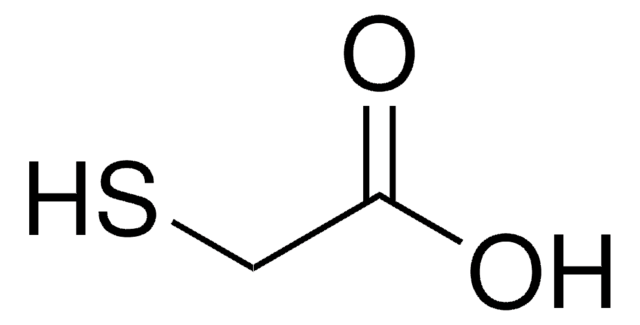
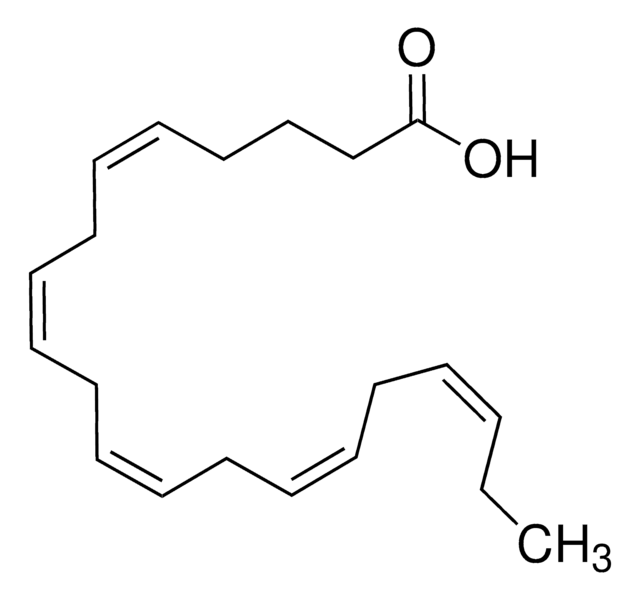

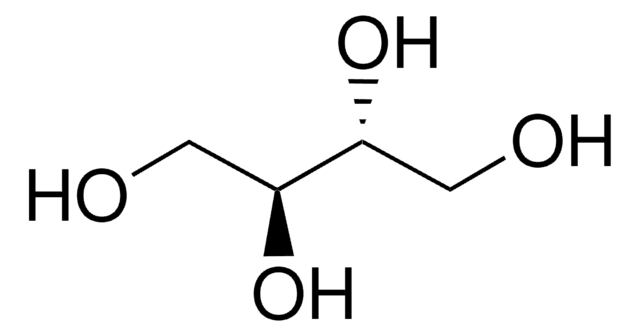
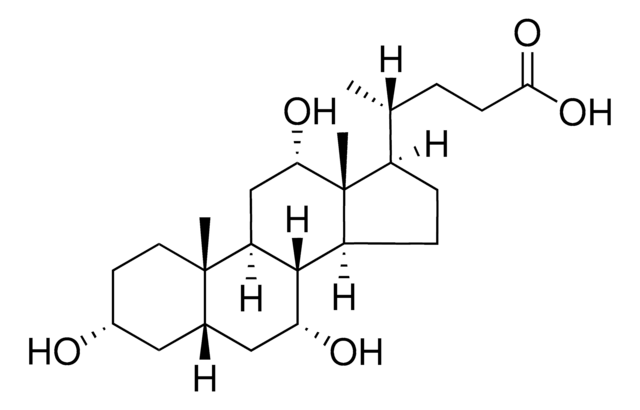


![([(4-Oxo-3,5,6,7-tetrahydro-4H-cyclopenta[4,5]thieno[2,3-d]pyrimidin-2-yl)methyl]thio)acetic acid AldrichCPR](/deepweb/assets/sigmaaldrich/product/structures/269/313/373b401b-16e3-4ee5-8417-8e00a5316baa/640/373b401b-16e3-4ee5-8417-8e00a5316baa.png)
